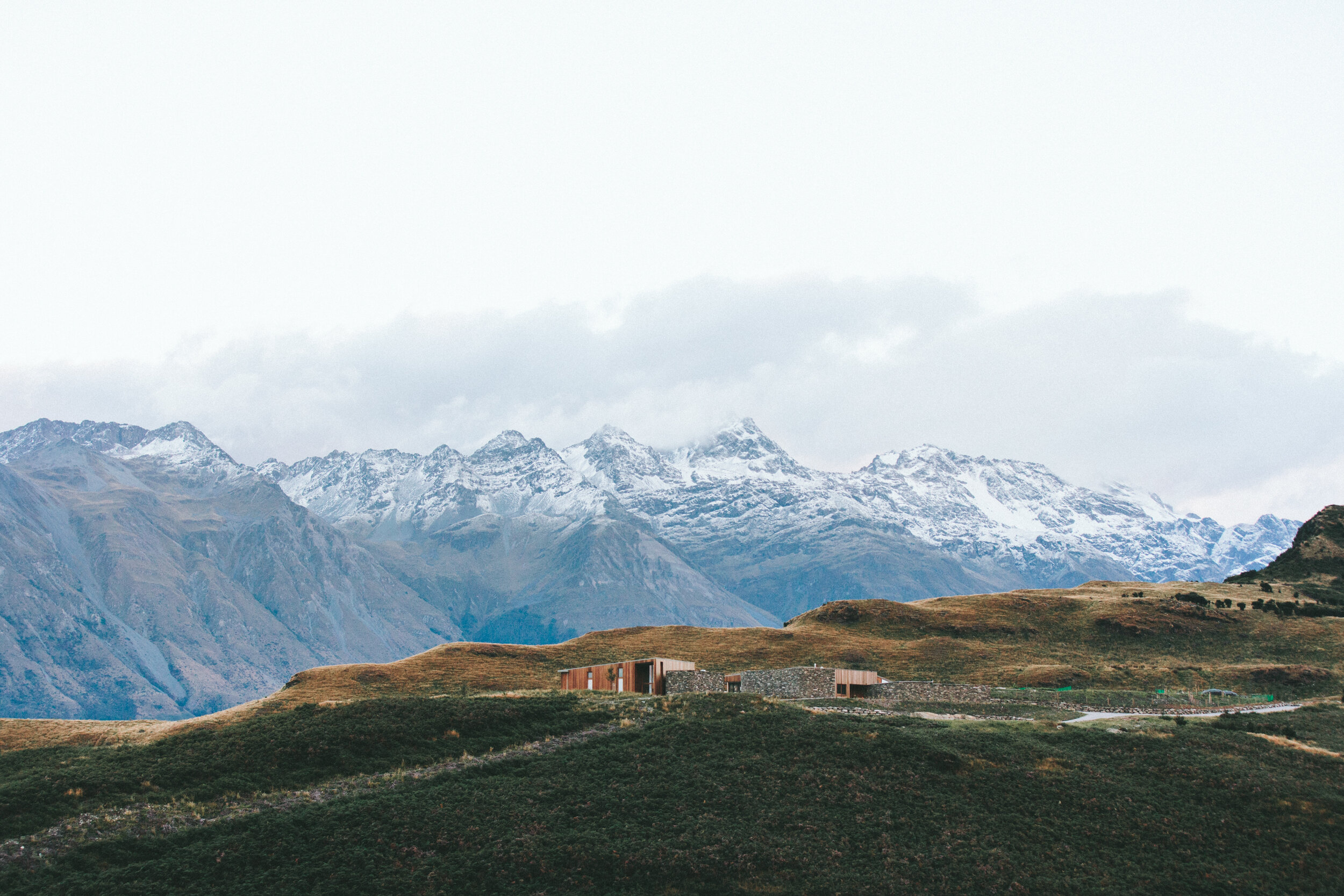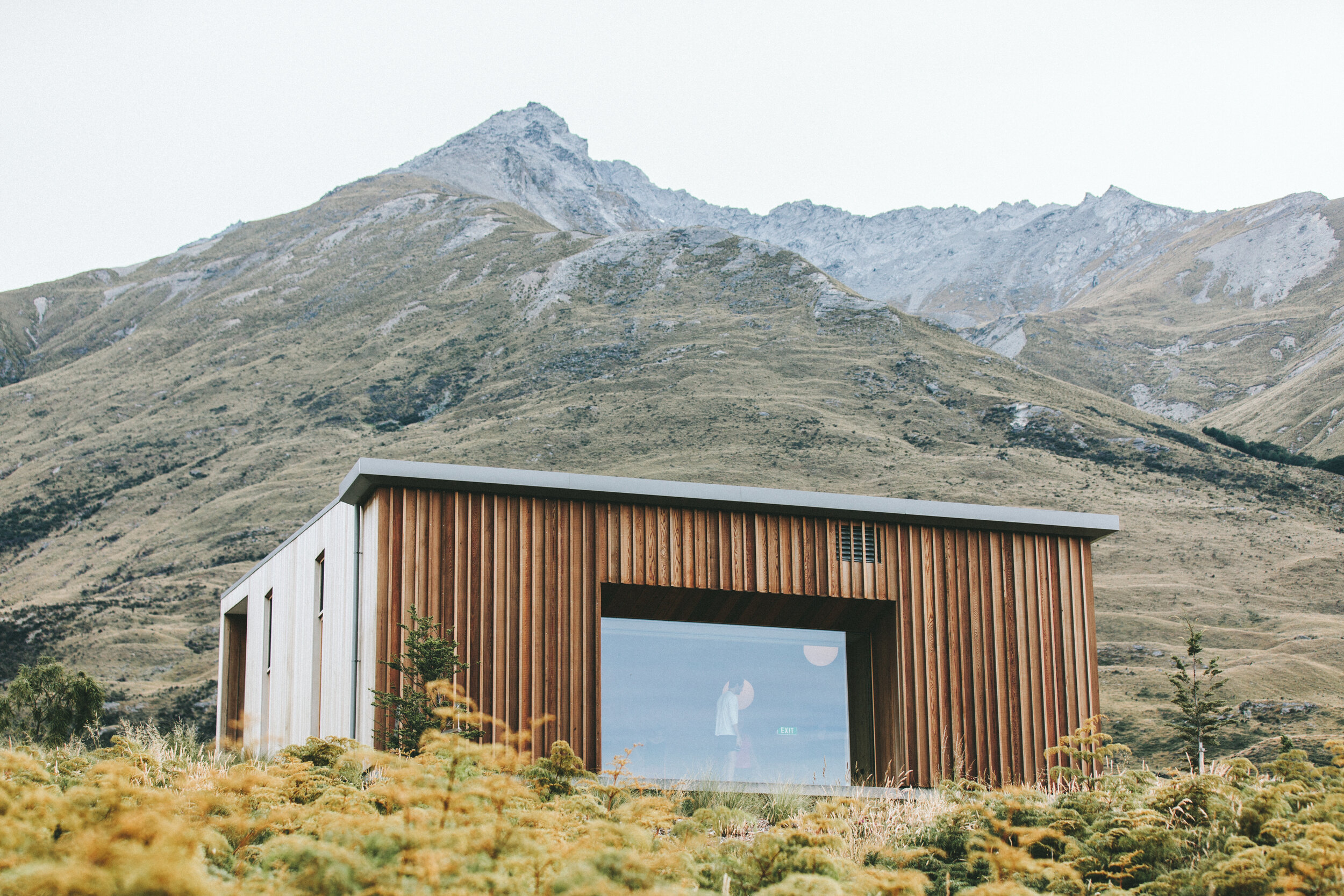
Diamonds Before Dynamite – The Story of Old Mines and Ancient Gems.
The Journey of Diamonds Before 1900
-

Golconda – The First Diamonds of History
Golconda – The First Diamonds of History
Setting the stage: India as the sole source of diamonds for centuries.
Alluvial mining: how diamonds were panned from river gravels by hand.
Legendary gems: The Koh-i-Noor, the Hope Diamond, and others with Golconda origins.
Geological exclusivity: why this region produced such high-quality stones.
Provenance: what makes Golconda diamonds so prized today.
-

Brazil – A New World of Diamonds
1700s discovery: how Brazil replaced India as the primary source.
Mining by hand: alluvial deposits in rivers and jungles, worked without machinery.
Impact on trade: how Brazilian diamonds changed European jewellery trends.
Historical significance: association with colonial trade and early global markets.
Sustainability note: old Brazilian diamonds still circulate in antique jewellery.
-

South Africa – The Diamond Boom
Late 1800s discovery: the Kimberley fields and their massive impact.
Mining techniques: open-cut pits dug by hand before mechanisation.
Birth of the modern diamond industry: emergence of De Beers, changing markets forever.
Cuts and styles: transition from Old Mine to Old European Cuts.
Chain of lives touched: miners, cutters, merchants, jewellers, and owners.
Introduce your brand
When we admire a diamond today, it’s easy to forget just how hard-won these gems once were. Long before modern mining machinery, explosives, and global supply chains, diamonds were recovered by hand, often under extraordinary conditions. The history of diamond mining up to 1900 is a fascinating story of human persistence, geological exclusivity, and the remarkable journey each gem undertook before ever reaching a piece of jewellery.
Mining Without Machines
Before dynamite and heavy equipment, diamonds were extracted using simple tools: picks, shovels, sieves, and a great deal of human labour. Early miners worked slowly and painstakingly, often under harsh conditions, to separate diamonds from surrounding rock or sediment.
Alluvial Mining
The oldest and simplest method of diamond recovery is alluvial mining. Rain and rivers gradually eroded diamond-bearing rocks, washing the stones into riverbeds and gravel deposits. Miners panned or sieved these sediments by hand, much like gold prospectors. The famous Golconda diamonds of India—renowned for their exceptional quality and storied history—were recovered this way from river gravels.
Open-Cut and Hand-Dug Pits
By the 1800s, when diamonds were discovered in Brazil and later in South Africa, open-cut pits were dug with basic tools. These operations were slow, labour-intensive, and limited in scale compared to today’s mechanised mines. Yet from these efforts came some of the world’s most legendary gems.
Geological Exclusivity
One of the most fascinating aspects of diamond history is where they are found—and where they are not. Diamonds are not scattered evenly across the Earth. Their presence depends on the rare geological event of a kimberlite or lamproite pipe carrying crystals from deep in the mantle to the surface.
India’s Golconda region was the sole source of diamonds for centuries, but its mines are no longer active.
Brazil briefly took over as the world’s leading supplier in the 1700s.
In the late 1800s, South Africa’s discoveries reshaped the global diamond trade.
Each origin tells its own story of exclusivity and rarity.
Sustainability of Old Diamonds
One of the most sustainable gems you can own is a diamond that has already been mined. Unlike newly extracted stones, antique or “old mine” diamonds carry with them a smaller environmental footprint. They are recycled treasures, their value enhanced by history, provenance, and craftsmanship.
History Written in the Gem
A diamond doesn’t just tell us about geology—it also carries the story of human history. Through certificates and valuation records, we can sometimes trace not only the stone’s cut and style but also its era. For example, the chunky facets of an Old Mine Cut diamond point to 18th–19th century workmanship, while the elegant proportions of an Old European Cut reflect advances in cutting around the late 1800s.
Every facet is a clue: when it was cut, how tastes in jewellery shifted, and how skilled artisans worked with limited tools to reveal brilliance from rough crystal.
A Chain of Lives Touched
From mine to market, every diamond passes through many hands: the miner who first uncovered it in a riverbed, the cutter who painstakingly shaped it, the merchant who traded it across continents, the jeweller who set it, and finally the person who wore it as a symbol of love, wealth, or power.
When we handle old diamonds today—whether in heirloom jewellery or as loose stones—we’re not just looking at a gem. We’re touching a chain of lives, cultures, and stories that reach back centuries.
Why Provenance Matters Today
As a gemmologist and jewellery valuer, I see first-hand the importance of provenance. An antique diamond isn’t only valuable for its beauty—it’s a piece of history. Knowing where it came from, when it was cut, and how it travelled through time adds immeasurable depth to its story.
The Legacy of Old Diamonds – A Treasure Beyond Time
From the rivers of India’s Golconda to the jungles of Brazil and the vast hand-dug pits of South Africa, the story of diamonds before 1900 is one of extraordinary geology and human endeavour. But what makes these gems truly remarkable is not only their beauty or rarity — it’s the legacy they carry through time.
The Most Sustainable Diamonds of All
In today’s world, sustainability matters more than ever. One of the most sustainable diamonds you can wear is an antique stone. These “old mine” or “old European cut” diamonds were brought to the surface long ago, cut by hand, and set into jewellery that has often survived for generations.
Unlike newly mined stones, they require no new excavation, no fresh environmental impact. Instead, they are recycled treasures — timeless gems reimagined in every new setting.
History Written in the Facets
Every old diamond tells a story. Its cut is a snapshot of history:
Old Mine Cuts with their cushion shapes and deep facets recall the Georgian and Victorian eras.
Old European Cuts from the late 1800s reflect advances in precision cutting and the shift towards brilliance.
A skilled eye can read these facets like pages in a book, dating the stone’s workmanship and linking it to its era.
Provenance and Storytelling
Beyond their sparkle, antique diamonds often carry provenance — a documented or oral history of where they came from, when they were cut, and whose lives they touched. Sometimes certificates or family records survive; other times, the style of jewellery itself offers clues.
This is what makes an heirloom diamond so powerful: it is not just an object of value, but a vessel of memory and human connection.
The Human Chain
Every antique diamond is part of a chain that stretches back centuries:
The miner who uncovered it by hand.
The cutter who shaped it by candlelight.
The jeweller who set it in gold or silver.
The family who wore it, passed it down, and treasured it.
When you wear or inherit an old diamond, you join this chain — adding your chapter to its remarkable journey.
Because we understand that the meaning behind your gem is just as important as its beauty, each purchase will recieve a tailored passports showcasing as much of its history as possible.
GEM PASSPORT

